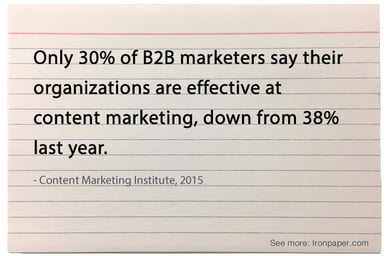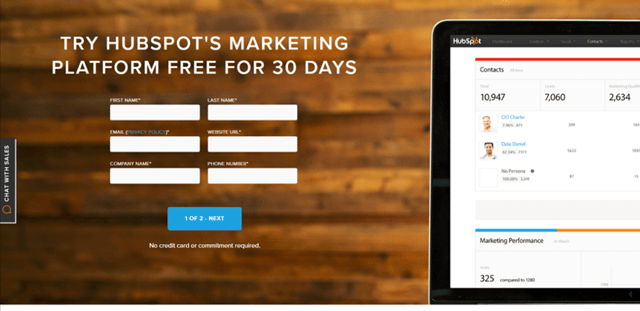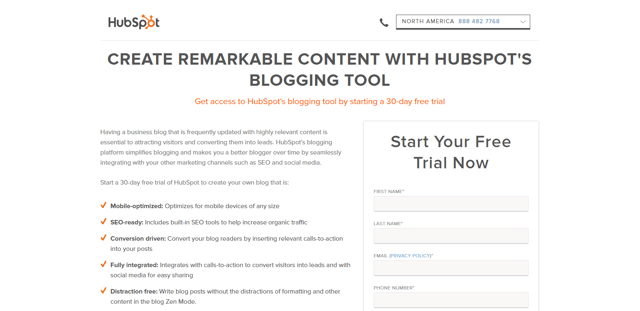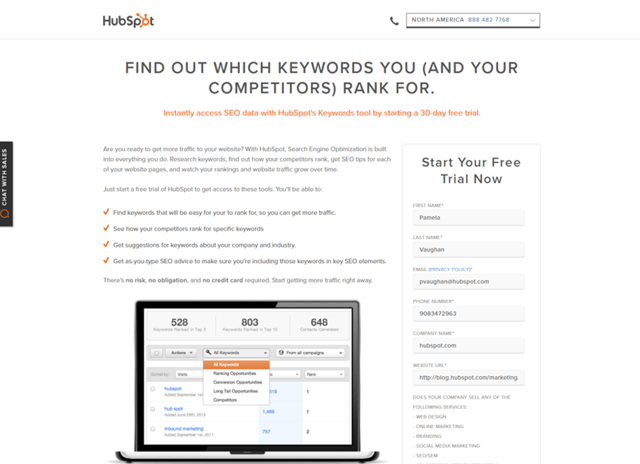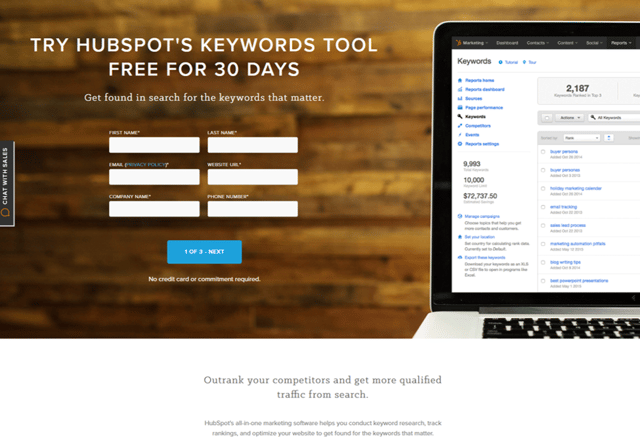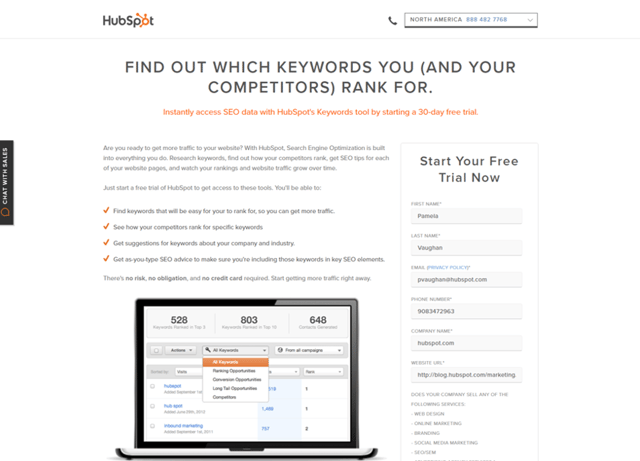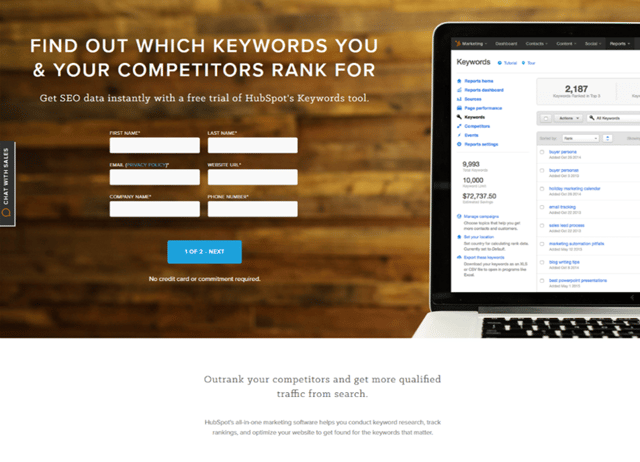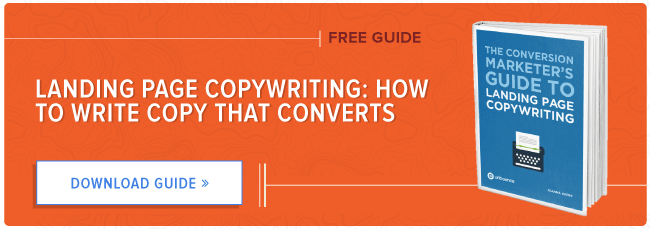
When you've had a really bad day, the last thing you want to do is spend the night figuring out how to rebuild for the next.
Now, imagine if it were an entire month. Your energy is sapped. You might even feel defeated. And the last thing you feel is confident. Getting up and trying again seems like an ordeal -- one that requires a lot more effort than you feel like making. But you have to.
When we've experienced a prolonged period of negative events, one of the biggest challenges is regaining your personal morale to go back and give it another shot. That's true of dating, and it's true of negative fallbacks at work. We're here to discuss the latter -- and we've got some ideas for how you can get your professional groove back.
So if you've had a tough month and you're not feeling so positive, chin up -- we've got a whole collection of tips to get you back on your feet.
8 Tips for Rebuilding Self-Confidence After a Bad Month
1) Talk to your manager.
We are a society that's afraid of looking weak, and it has a bad impact on our behavior. It makes 29% of us reluctant to ask for help at home, and 40% of us afraid to be nice at work -- because we fear that people will take advantage of us.
It makes sense, then, that many of us are afraid to ask for help at work for fear of looking foolish or ill-informed. Not only can that lead to making mistakes in the first place, but it can also leave you without the necessary information to avoid them in the future.
Let your boss know that you recognize where things have fallen short, and ask for specific feedback. Chances are, your manager will appreciate your proactive attitude about mistakes.
2) Ask what “bad” means to you, compared to reality.
"I'm my own worst critic." It's something that many of us say, since we expect perfection from ourselves, which starts at an alarmingly young age. In one study of children in Singapore, researchers found that 60% scored remarkably high on "self-criticalness," with 78% scoring high in "socially prescribed perfectionism." And more than half -- 59% -- were reported to have both.
Yikes. With such a perfectionism epidemic, we wouldn’t be surprised if you’re perceiving your “bad” month to be worse than it actually was.
That’s another place where talking to someone else about it -- like your manager -- can help to put things into perspective. Personally, I have a tendency to assume the absolute worst about everything, especially when it comes to mistakes at work.
But as soon as I bring it up with a colleague or my boss, one of three things usually happen:
- It turns out to be a first-time mistake that everyone makes.
- It’s easy to fix.
- It’s really not that big of a deal.
When we’re so focused on being perfect, we tend to view mistakes as -- at worse -- fireable offenses. If that’s the assumption you make with every typo, missed deadline, or other mistake, your confidence is going to take a huge hit.
Instead, when a “crisis” occurs, try your best to step back and put it into perspective. How bad is it, really? Are you completely powerless to it, or is there something you can do to address it now? Once you’ve fully evaluated the problem -- which should only require about five minutes of deep breath and de-escalation from your panic -- gaining the confidence to tackle the issue might be easier than it first looked.
3) Don’t turn failure into a self-fulfilling prophecy.
As we covered above, many of us allow our perfectionism to manifest as an overreaction to mistakes. If that’s how we constantly behave in the face of performance that doesn’t meet our own standards, could we start habitually expecting failure from ourselves?
Yes. That’s because 70% of us suffer from something called Imposter Syndrome -- the sense that, no matter how much we’ve achieved, we don’t belong in a leadership position or deserve the success of having gotten there. And according to recent research, going through life feeling like an imposter can cause us to bring less confidence (and therefore, less quality) to our work, turning it into a self-fulfilling prophecy.
It’s easy to discount our success as undeserving, and to easily dismiss our hard work. But if we keep sending those messages to ourselves, we’ll start to accept them as truth and it’ll reflect in our work.
However, the opposite is also true -- which psychologist Amy Cuddy touched on in her wildly popular TEDGlobal talk. Since then, she’s continued her research on the power of “faking it until you become it.” That’s when we send ourselves the opposite message of failure, instead reaffirming our power, success, and worth. That approach to work can achieve a reverse self-fulfilling process, in which we learn to believe in our success, instead of feeling like we’re imposters.
Check out this helpful visual guide that explains how body language can help beat Imposter Syndrome. Even by assuming a certain stance, we can instill confidence in ourselves.
4) Evaluate how engaged you are at work.
There’s a problem in the U.S. workplace. Many people don’t really want to be there, as evidenced by the fact that only 34.2% of people are actually engaged at work. In short, that means we just don’t care. And when we don’t care, our work suffers -- how can we bring quality to something for which we have so little passion?
If you feel that disengaged at work, you have a few options. First, you can speak with your manager -- again. Chances are, he or she has noticed your work is suffering, and if you’re able to honestly explain why, that might lead to a productive conversation about the direction of your career. From there, it all depends on how that discussion ends. If your manager isn’t receptive, then it might be time to consider a career change.
5) Formulate a plan for how you’ll avoid another bad month.
Sometimes, there are months in which you really did screw up. It’s okay -- we’ve all been there, which we’ll get to later.
The important thing is that you recognize what went wrong, and that you know how you’re going to prevent it from happening again. When I worked in event planning, we did that for every engagement. We kicked off every project by outlining every possible problem that could arise, but unexpected issues still came up. When they did, we documented all of them and, after the event, formulated a plan to avoid them in the future.
That strategy isn’t limited to events, and most workplace mistakes can be treated the same way. As soon as they’ve been resolved, record them and consider sharing them with your team -- that’s the best way to ensure that they don’t happen again.
6) Know that failure is not uncommon.
'Tis a lesson you should heed:
Try, try again.
If at first you don’t succeed,
Try, try again.”
William Edward Hickson
Not too long ago, two researchers in Texas performed a study on the failure rate of new businesses. Between 1990 and 2011, they found that 92% of the 2.4 million retail businesses that opened during that period also closed during the same span of time. Among the businesses that closed, 25% did so after one year, and 50% closed after two. Roughly 75% of them were owned by first-time entrepreneurs, and 71% percent of the failed business owners didn’t bother trying again.
That last figure is a shame, since the same study also found that the 29% of business owners who decided to try again were more likely to be successful on subsequent tries.
Two things about this study stand out to us:
- The commonality and high rate of failure.
- The success rate of people who try again.
To the first point, don’t feel isolated in your failure. And as long as you’re acknowledging that making mistakes -- and maybe even failing -- happen to almost everyone, don’t give up, either. As the numbers show, you likely have more to lose by not trying again.
7) Evaluate what you can control.
When things are going so well, it’s easy for us to stop taking care of ourselves. That could be why 39% of adults indulge in unhealthy food when they’re stressed.
While an occasional treat is fine, treating chronic stress with poor nutrition or a lack of exercise will only make matters worse. And here’s the thing -- those are parts of your life that you can control. It’s easy to feel like stressful work situations spiral beyond a solution that you can reach on your own. But self-care? You’ve got this.
Much of the time, constant business travel is blamed for an unhealthy lifestyle, but we’ve got some tips to keep that in check, too -- many of which can also be applied to a busy life at home. Plus, what you eat plays a vital role in your productivity. Check out my colleague Lindsay Kolowich’s guidelines for eating to get more done.
8) Take a break.
Here’s a thought. Could you be making more mistakes than usual because you’re burned out?
In Germany, for example, 24% of employees report feeling burned out. When we’re feeling such a high level of stress from overworking, it achieves the opposite of getting more done -- it actually starts to negatively impact our cognitive function. We start to get forgetful, make mindless errors, and might even have stronger emotional responses to negative situations.
In other words, you need a break. Guilt can get in the way of that -- after all, 55% of us feel bad about leaving our desks just for a breather, and 47% of us are ashamed of taking time off. But the longer we let that trend continue, the closer we get to complete burnout, and the more likely our work is to suffer as a result.
Seriously -- take a break. And maybe even put that vacation time to use. When you come back, you’ll have a renewed perspective that can help you tackle your goals.
Starting to Rebuild
Feel better?
We certainly hope so. As you begin to regain your confidence after a bad month -- or making the effort to do so -- take your time. Evaluate your priorities, and see which of these tips best fits in with them. Don't try to tackle them all at once, or else you might end up feeling overwhelmed, which would defeat the purpose.
Here's to the new year ahead. Best of luck -- we know you've got this.
What do you do to rebuild confidence after a bad month? Let us know in the comments.

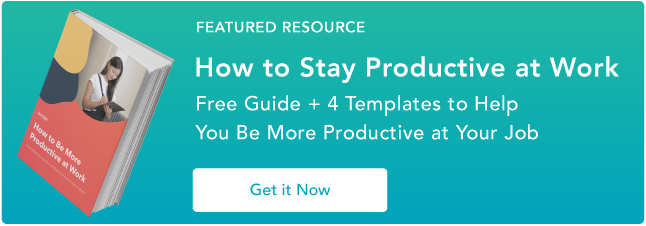
 No matter how far you advance your career, networking is likely never going to be something you enjoy. And for the introverted among us, it can feel like we’re being forced back into those endless icebreaker exercises we had to do at corporate retreats while we were coming up. So, let’s stop.
No matter how far you advance your career, networking is likely never going to be something you enjoy. And for the introverted among us, it can feel like we’re being forced back into those endless icebreaker exercises we had to do at corporate retreats while we were coming up. So, let’s stop.
.jpg?t=1483016194828&width=761&name=ThinkstockPhotos-519749523-compressor%20(1).jpg)

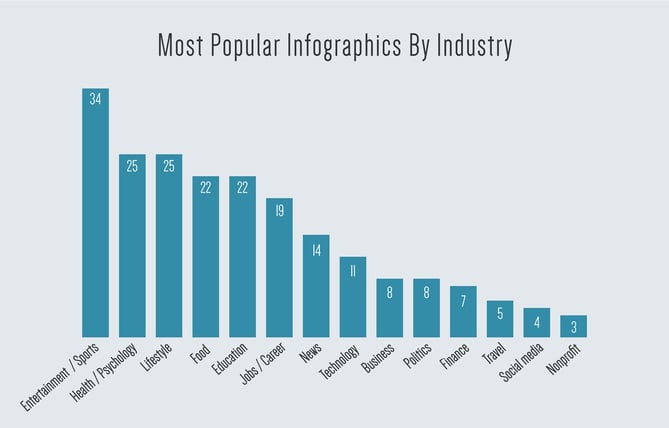
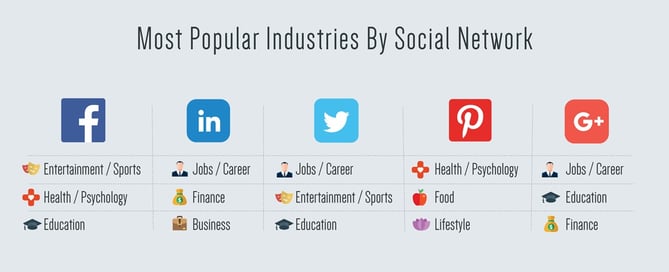
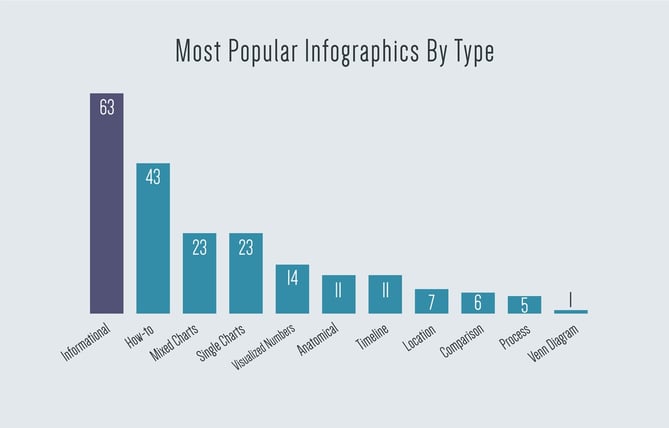
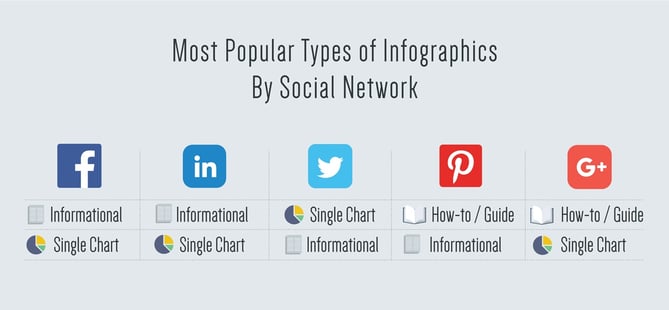
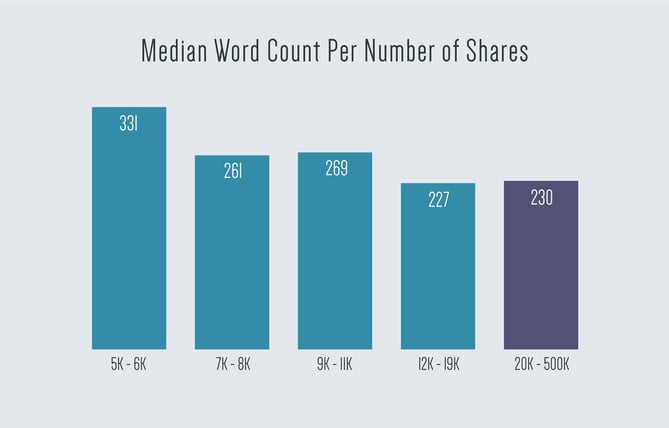
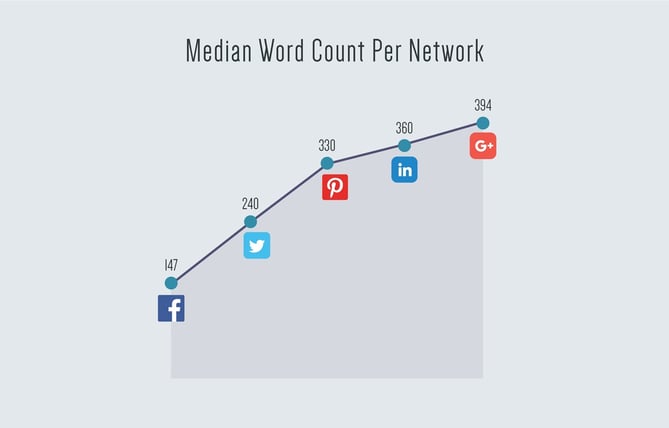
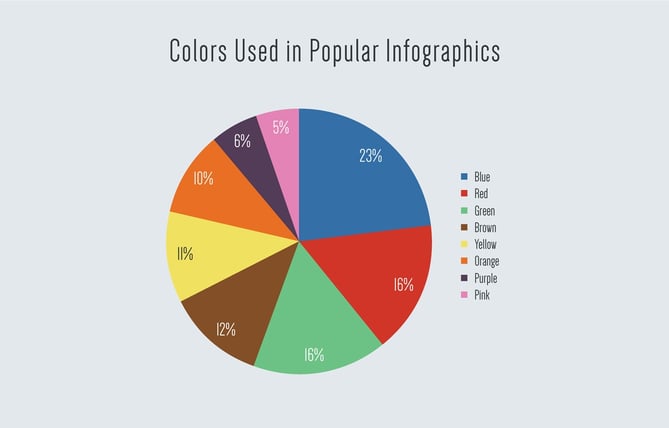

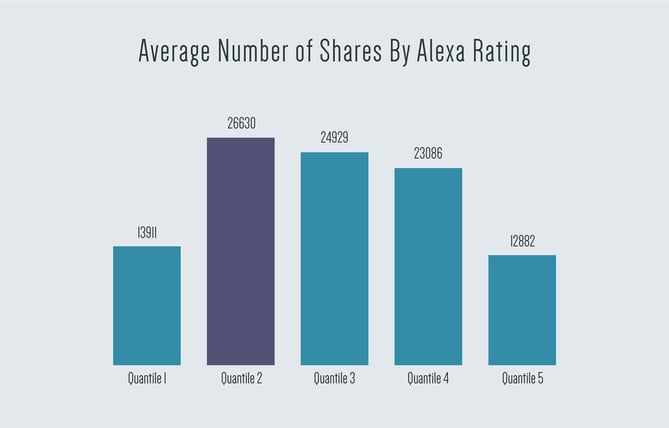
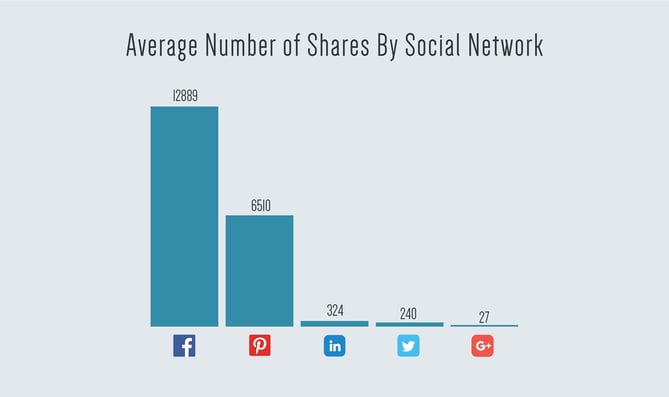
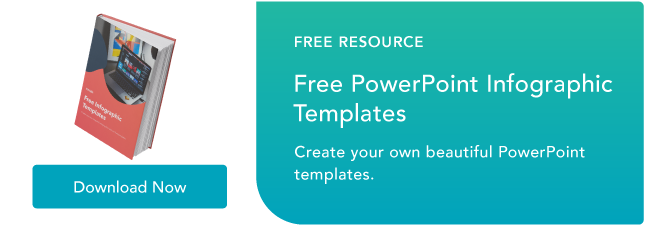


%20(1).png?t=1483005716623&width=669&name=Influencers%20of%20Inbound%20Infographic%20(1)%20(1).png)
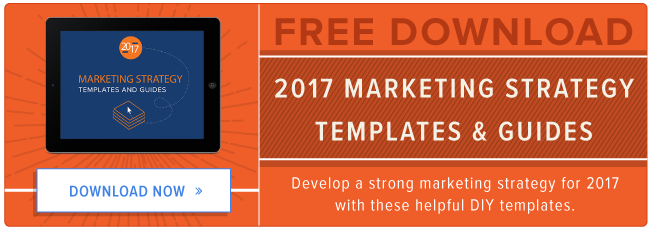

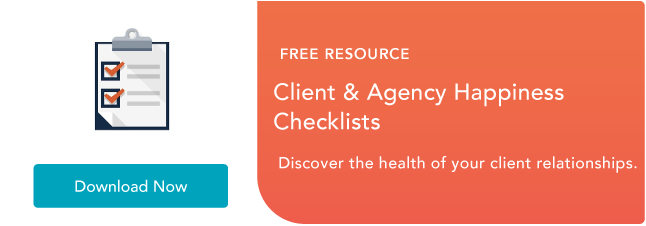
 Content is used as a valuable marketing tool across all industries. From social media content to long-form evergreen content, marketers constantly write to build awareness and nurture relationships. While the goal of content marketing is clear, many companies forget to track what type of content is actually working.
Content is used as a valuable marketing tool across all industries. From social media content to long-form evergreen content, marketers constantly write to build awareness and nurture relationships. While the goal of content marketing is clear, many companies forget to track what type of content is actually working.